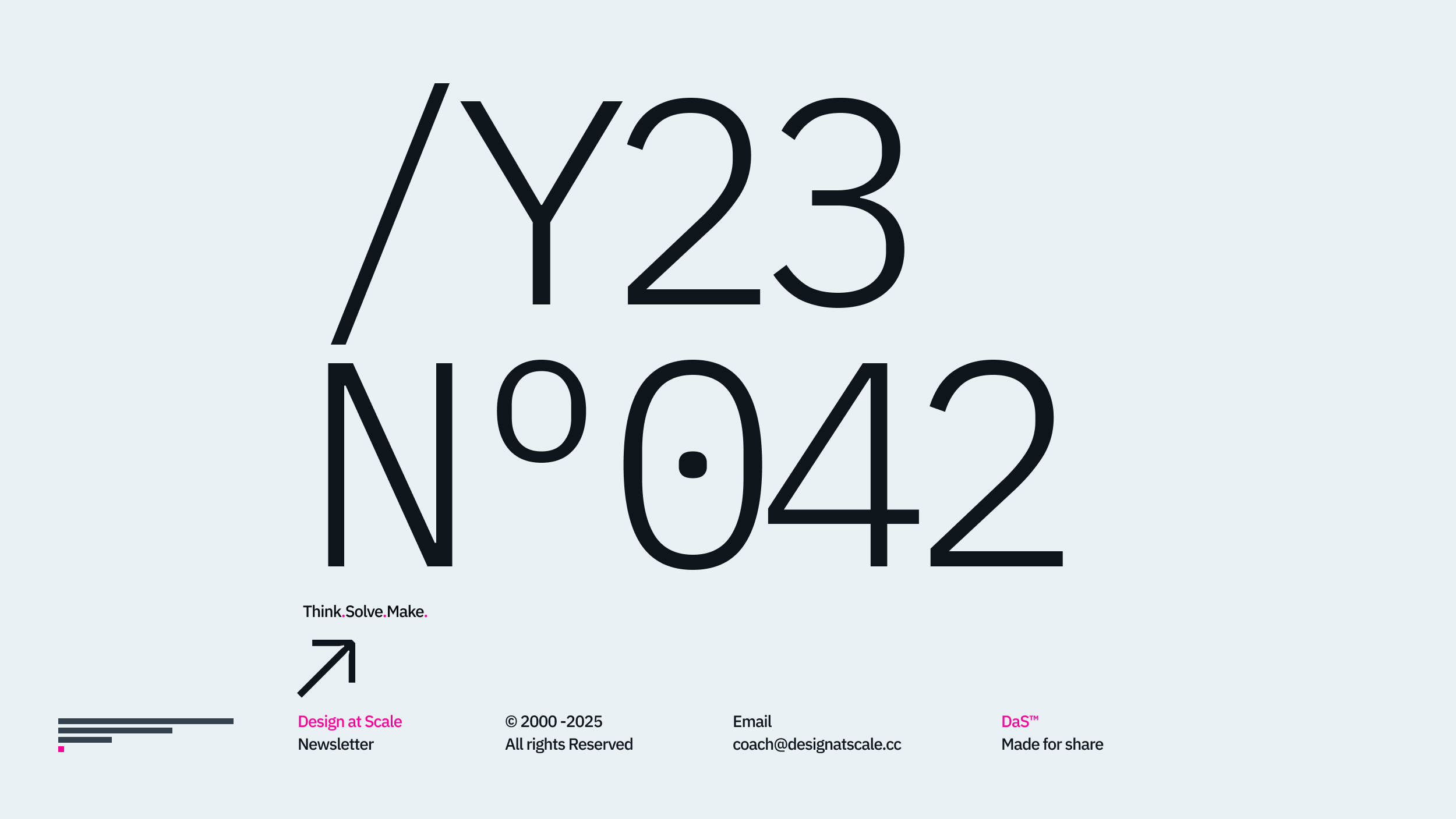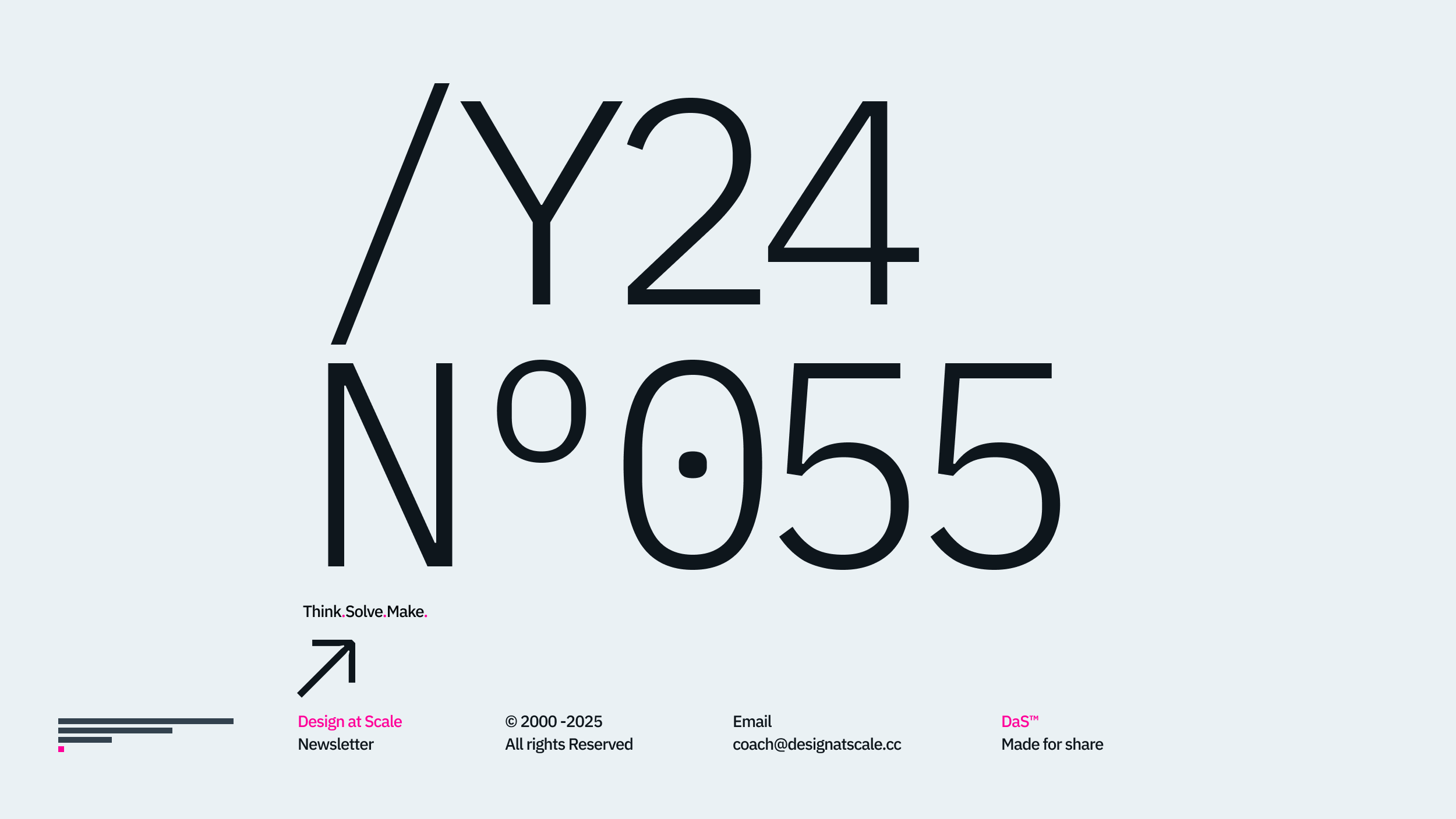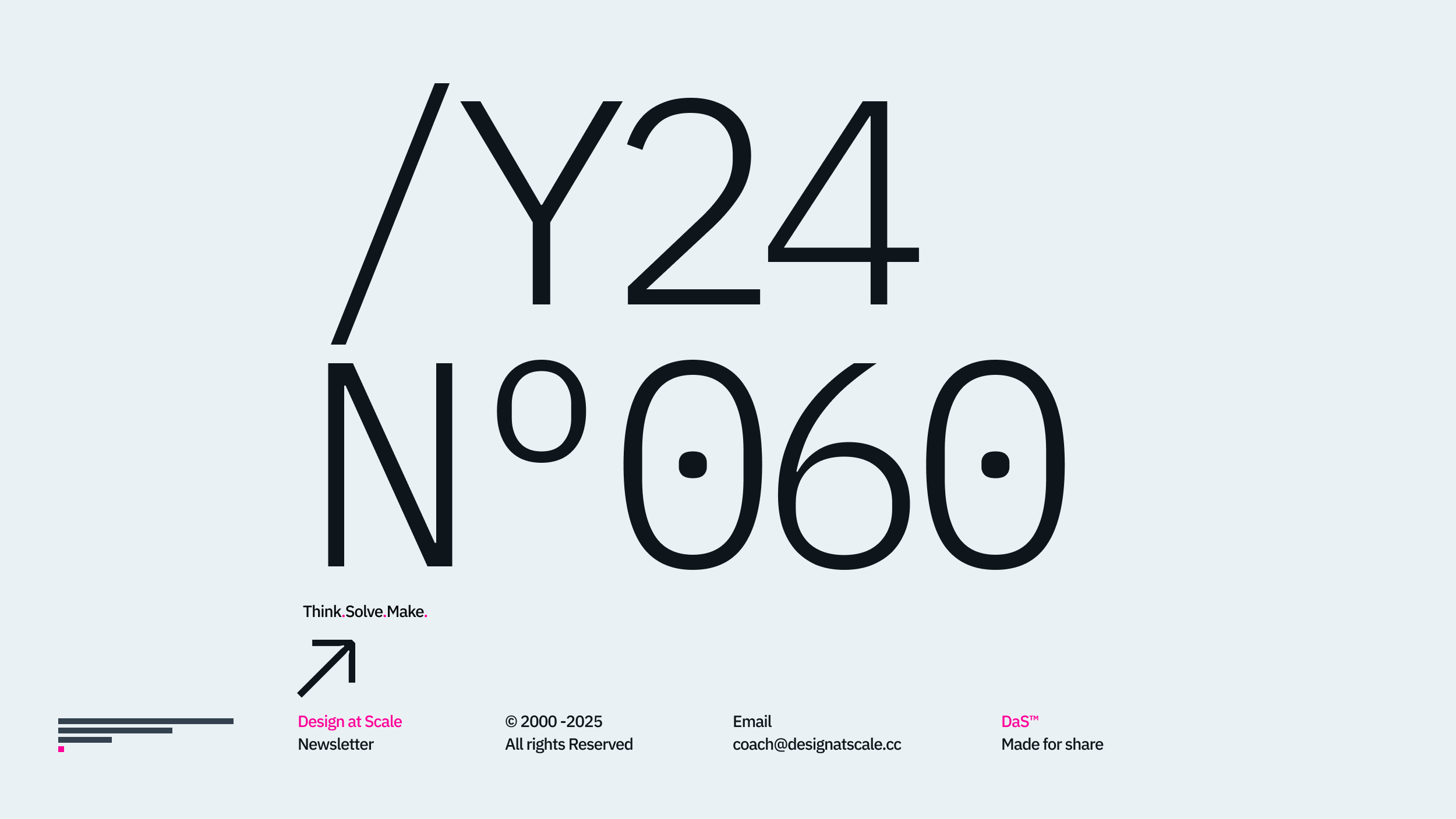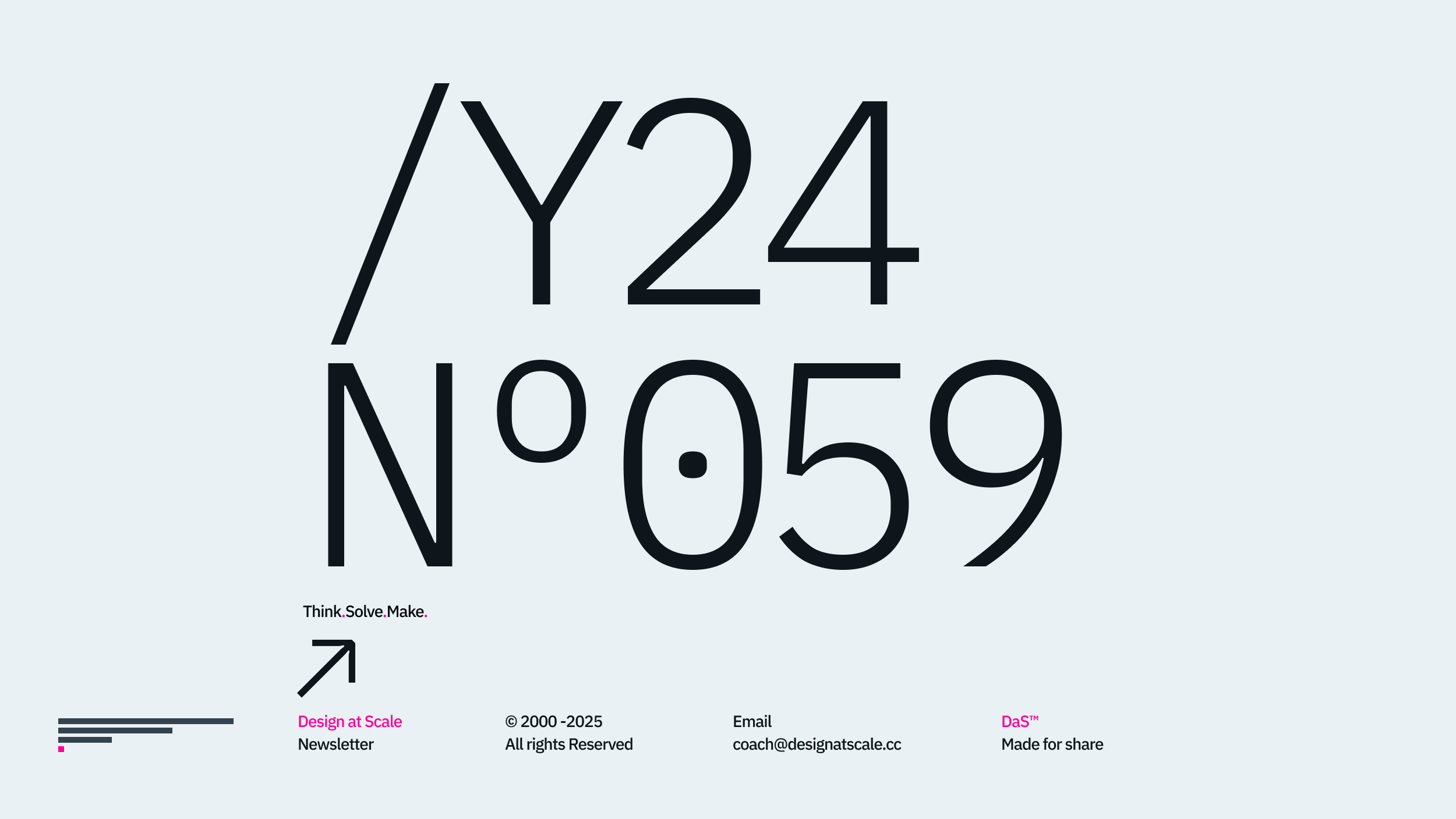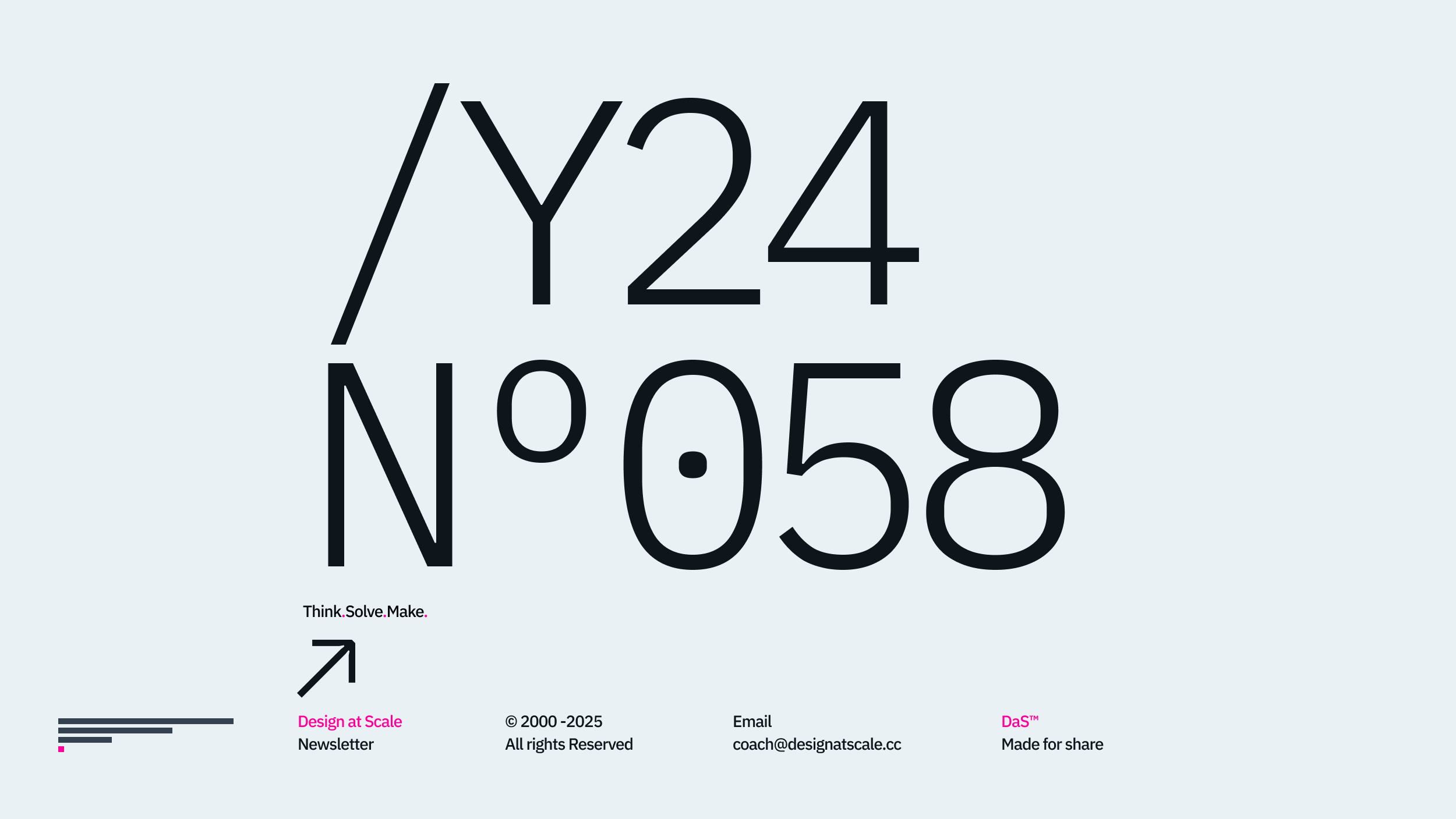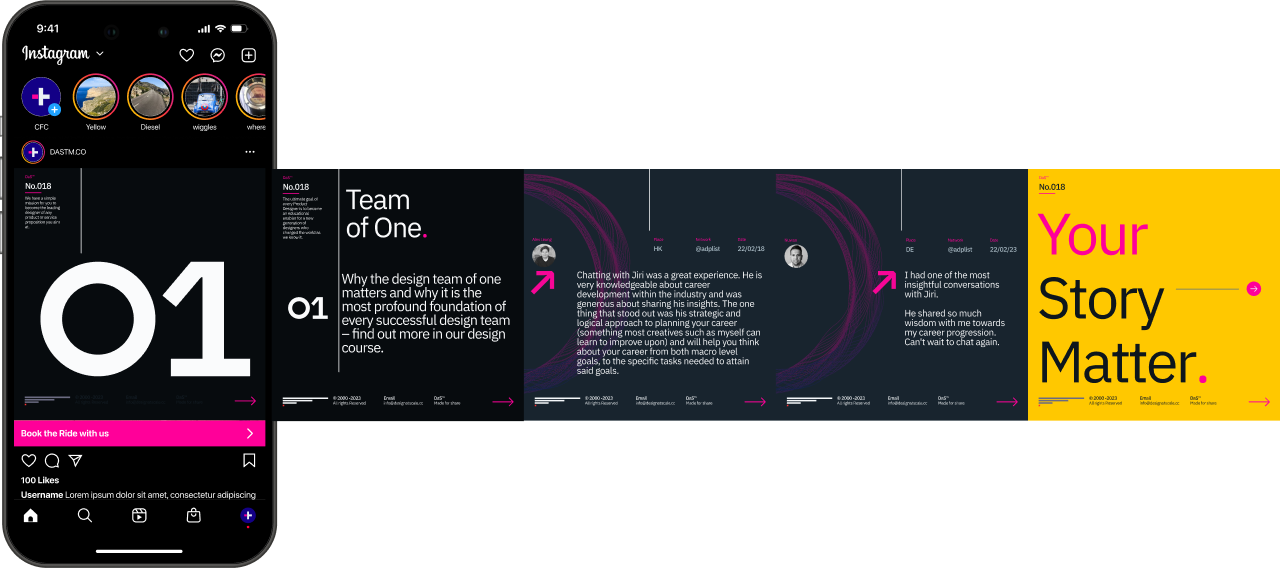Welcome back to our Design at Scale – Academy series, focusing on the design practice in a team of ten. Today, we dive deep into how designers manage projects and impact overall design delivery. Understanding your role within the team ecosystem is key to maximising your contribution. Effective output management leads to tangible impact, and time management awareness positions you as a thought leader.
Disclaimer: The following article focuses predominantly on managing one's creation. We are not debating, challenging or disputing the product management role. Our ambition is to provide a guide for designers who are willing to grow into better designers, let alone design managers – which should be a natural progression.

Reflection of Design Management.
Remember the "Mad Men" era, where design directors held immense power? Fast forward three decades, design management has evolved from director-driven campaigns to distributed team functions. The core managerial aspects have shifted from centralised to redistributed functions. Modern design directors may not directly create but guide and integrate with the team. Big ideas are now small and iterative. Parts of daily work are fueled by automation and cross-functional contribution. Today's successful designers navigate the "to-do, doing, done" flow while redefining the “big picture”.

Your take
Today's designers operate in a vastly different landscape compared to their predecessors. While older models often relied on centralised leadership, our distributed teams call for a more collaborative and iterative approach. Instead of chasing a game-changing concept, we focus on breaking down larger goals into smaller, actionable steps. This agile mindset doesn't negate strategic thinking; it simply translates it into continuous cycles of prototyping, testing, and refinement.
Managing effectively in this environment requires adaptability and clear communication. Regularly syncing with teammates, utilising collaborative tools, and prioritising effectively are crucial for your success. Frameworks like Design at Scale™, Design Thinking and Agile methodologies offer valuable structures for navigating complexity and delivering impactful outcomes, one iteration at a time.

Managing delivery
Tackling design delivery often involves crafting Experience Maps: these map out various design stages for your product or service.
Crucially, this impacts the design system and its maintenance. That means keeping your development colleagues in the loop about changes for the current build. One practical, skill-agnostic routine is the "Stage & Gate" method. Forget plastic digital boards like Trello; it's about clear communication with your team. Tell them your daily workload, progress made, and any roadblocks for tomorrow.
At Designer Scale™ – Academy, we delve deeper into these techniques, equipping students with comprehensive tools for their individual projects. Briefly informing your development colleagues about working on screens A to B and resolving the function through an interaction prototype by day's end is incredibly influential. This communication adds value to the development team, particularly the scrum master and product owner, by highlighting your proactive approach to tackling a specific function. Setting an achievable goal with a direct impact on team delivery demonstrates both responsibility and initiative.

Managing Others
Right, let's talk about managing others. Now, daily disruptions can certainly derail your own plans, much like with any team. In servicing teams especially, delivering value to others before tackling your own work is crucial.
The key to balancing this act lies in managing expectations. Start by understanding your deliverables and clarify any dependencies on your work. This gives you breathing room to assess and prioritise your design streams before diving into something new. Once a task is delivered and summarised for your colleagues, move on to the next task while awaiting feedback. Only close out a task once you have a proper response.
If you have any questions, feel free to reach out X

Managing Priorities
Juggling priorities gets tricky in joint teams, often delivering for the current sprint while designing for future ones. Here, effective time and priority management becomes paramount. Sometimes, tasks might only have an hour or two, pushing your expertise to the edges and responding without appropriate insights.
At Design at Scale™ Academy, we equip students with techniques to navigate these tricky situations. You'll learn to resolve tensions, deliver on time, and build strong, impactful relationships with product owners and engineering colleagues—all without sacrificing that precious quality that our experience requires and losing work-life balance.
A key tenet of priority management is transparent communication. Be upfront about the effort and time required for each task. Take, for example, updating two screens with interactive overlays and scenarios, all while updating the design system and crafting a prototype to validate the idea for the next sprint. Clearly communicate this as three distinct tasks, each deserving dedicated time and focus.

Quality management
Managing priorities goes hand-in-hand with managing quality. Small teams often sacrifice quality for speed, falling into the "ship it fast, iterate later" trap. True agility shouldn't mean throwing perfection out the window. Remember, rushed iterations become buzzwords that erode the true value of your brand, product, or service.
Quality management ensures we don't release half-baked ideas, poorly thought-out designs, or shoddy execution. These aspects significantly impact customer experience and brand equity.
Startups are notorious for rushing products to market, forgetting the costly consequences of fixing design system flaws and code later. We've found that 45% of operational budgets get wasted on refactoring these changes.
Some companies believe that automation advances, especially in Figma, enable close collaboration with engineering teams to significantly improve experiences without compromising quality or controlled outcomes, including beta release documentation.

Final thought
No matter the team size, be it one, ten, or a hundred, you'll encounter sequential delivery – think of it as stages and gates. The "stage" is your creation time, while the "gate" is for delivery. Embrace this simple model for all your tasks, for it can be your time-saving saviour and the guardian of your design quality.
Remember, collaboration is key. Our "dream team" of designers, UX experts, product designers, strategists, researchers, and UI designers consistently delivers impactful value in the shortest timeframe. So, chat with your colleagues, make adjustments, and discuss opportunities for improvement. As a leader, your mission is to deliver the best possible user experience, not just for the end user but for your entire team. You are the guardian of user experience for all.
Happy scaling through design!
Hey, I’m Jiri Mocicka.
London-based Design Director, Trusted Advisor and Author of Design at Scale™. The method that empowers individuals to shape the future organisation through design.
If you have a question, join our Community and reach out to like-minded individuals who scale design propositions. An online Academy can help you to find your feed in teams of 01, 10, and 100, supported by Grid Magazine and Supply section, where we weekly bring more insights on how to become a design leader in your organisation





